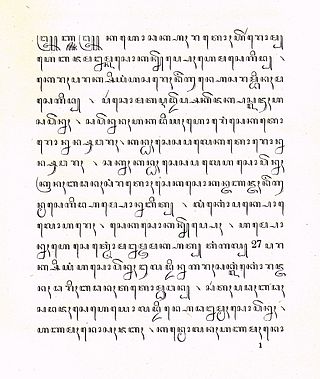Madura_language
Madurese language
Language spoken in Indonesia
Madurese is a language of the Madurese people, native to the Madura Island and Eastern Java, Indonesia; it is also spoken by migrants to other parts of Indonesia, namely the eastern salient of Java (comprising Pasuruan, Surabaya, Malang to Banyuwangi), the Masalembu Islands and even some on Kalimantan. It was traditionally written in the Javanese script, but the Latin script and the Pegon script (based on Arabic script) is now more commonly used. The number of speakers, though shrinking, is estimated to be 10-13 million, making it one of the most widely spoken languages in the country. Bawean Madurese, which is a dialect of Madurese, is also spoken by Baweanese descendants in Malaysia and Singapore.
This article's lead section contains information that is not included elsewhere in the article. (April 2021) |

Madurese is a Malayo-Sumbawan language of the Malayo-Polynesian language family, a branch of the larger Austronesian language family. Thus, despite apparent geographic spread, Madurese is more related to Balinese, Malay, Sasak and Sundanese, than it is to Javanese, the language used on the island of Java just across Madura Island.
Links between Bali–Sasak languages and Madurese are more evident with the vernacular form (common form).[citation needed]